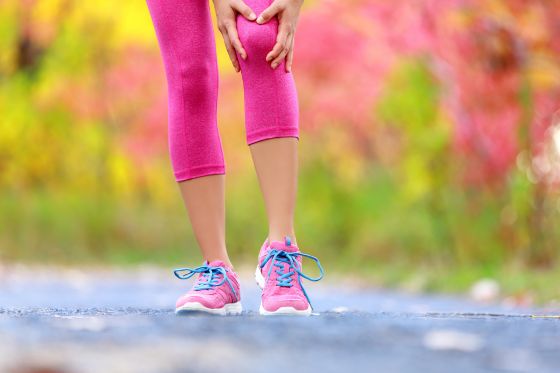As the cold thaws and the weather warms up, many of us are eager to ramp up our sports activity.
With spring in the air, the desire to get back into our favorite sports or start new outdoor activities is understandable.
It’s a time of renewal, and for athletes and sports enthusiasts alike, it means transitioning from indoor routines or less active winter months to more dynamic, outdoor training sessions.
However, this transition, if not managed carefully, can increase the risk of injuries.
In this blog, we’re going to explore what causes sports injuries during springtime and the best tricks to prevent them.
Understanding Spring Sport Injuries
Spring brings with it a unique set of challenges for athletes.
The enthusiasm to make the most of the good weather can sometimes lead to a rush in activity levels without proper preparation, leading to what we might call “spring sports injuries.”
These injuries often include sprains, strains, tendinitis, and stress fractures, typically resulting from overuse, inadequate conditioning, or not allowing the body enough time to adapt to increased physical demands.
Gradual Increase in Activity
The principle of progressive overload is fundamental here.
Your body adapts to stress over time, so incrementally increasing the load on your muscles and cardiovascular system helps prevent injuries.
This means not just a 10% increase in your usual metrics but understanding that different types of activities stress the body in various ways.
Including low-impact cross-training sessions can aid in this transition, reducing the strain on joints and tendons while still building stamina and strength.
Diverse Conditioning
A holistic approach to conditioning involves targeting all aspects of physical fitness, including endurance, strength, flexibility, and balance.
For example, incorporating yoga or Pilates can improve core strength and flexibility, reducing the risk of injuries from falls or sudden movements.
Similarly, using resistance training to build muscle around key joints (knees, ankles, shoulders) provides better support and shock absorption during high-impact activities.
Proper Warm-Up and Cool-Down
Warm-ups should be dynamic, mimicking the movements of your sport or activity to prepare the body specifically for the demands to come. This primes the nervous system, increases blood flow to muscles, and enhances flexibility.
Cool-downs, on the other hand, should gradually lower the heart rate and include static stretching to lengthen muscles that were actively used, aiding in recovery and reducing soreness.
Hydration and Nutrition
The role of micronutrients and macronutrients in injury prevention and recovery is significant.
Electrolytes, for instance, help regulate muscle function and nerve impulses. Ensuring a diet rich in calcium and vitamin D is crucial for bone health, while omega-3 fatty acids found in fish can reduce inflammation.
A balanced diet supports the body’s repair processes, and proper hydration ensures that these nutrients are efficiently transported throughout the body.
Listen to Your Body
Developing a keen awareness of your body’s signals is essential.
This involves recognizing the difference between normal muscle soreness and the pain that indicates injury.
Rest and recovery strategies should be personalized; what works for one athlete may not work for another.
Incorporating active recovery days, using techniques like foam rolling, and seeking professional advice when pain persists can prevent minor issues from becoming major injuries.
The Best Treatment & Prevention For Sports Injuries
If you want to know more about working with me, you can start with a few free options.
For more information on injury prevention, you can download our free advice report packed with useful information for athletes.
You can also book a free telephone consultation with our expert team to discuss your concerns in more detail and find out how we can help you improve your performance and prevent future injuries.
If you’re ready to take the next step, you can come and see us for a free discovery visit at our physical therapy clinic in Rockland County and find out how we can help you recover from or prevent injuries. You must get the right help that you need before you get an injury that will put you off-season for a long time.
You must choose one of these options now to speed up your recovery and get back to playing your favorite sports.
We’re here to help you get back to training and performing at the top level.
More Free Advice
If you want more tips and advice on injury prevention, you can follow us on social media and read our expert articles.
Follow us on Facebook and Instagram for more free tips and updates from our Rockland County physical therapy clinic.
Read our expert article to learn about 6 Common Mistakes That Cause Your Knee Pain When Jumping
How To Get Rid Of Shin Splints Without Painkillers, Injections, Or Surgery? Find out from our expert article.
Find The Best Rotator Cuff Exercises For A Rotator Cuff Tear in our expert blog.





